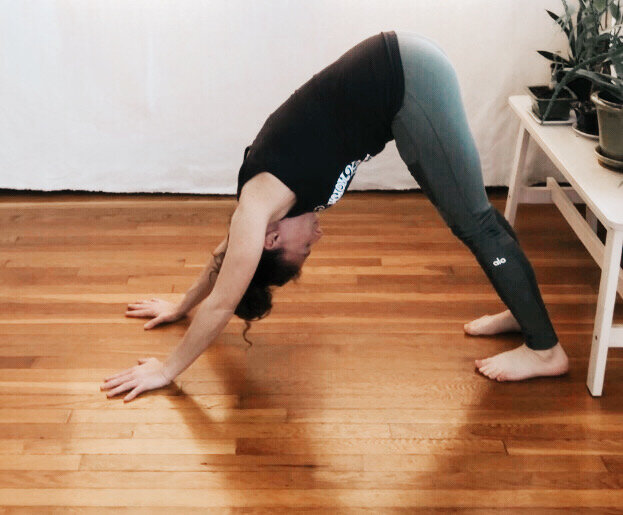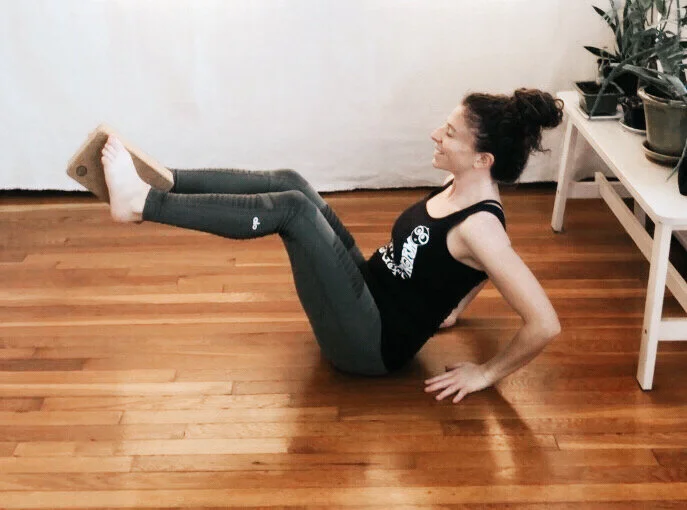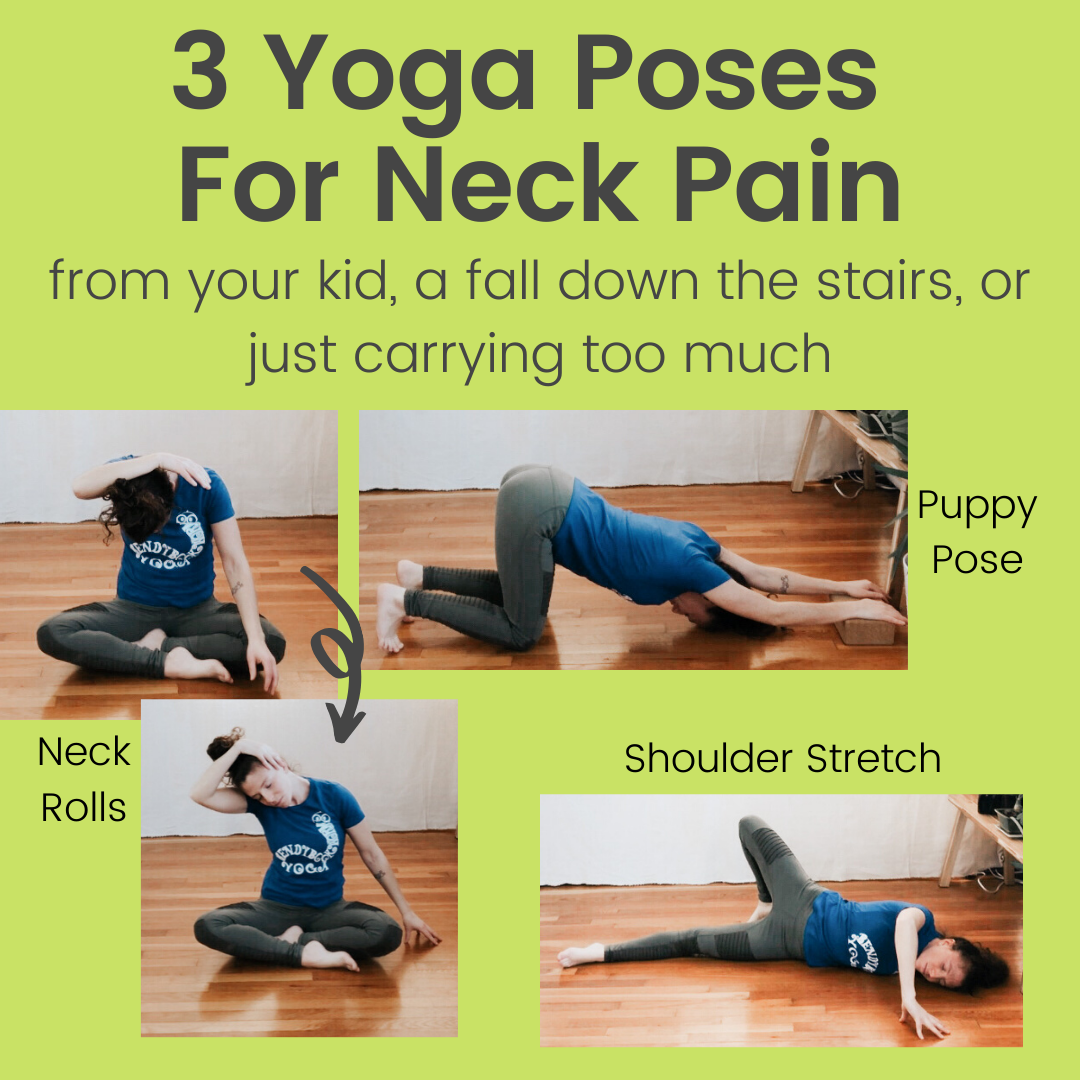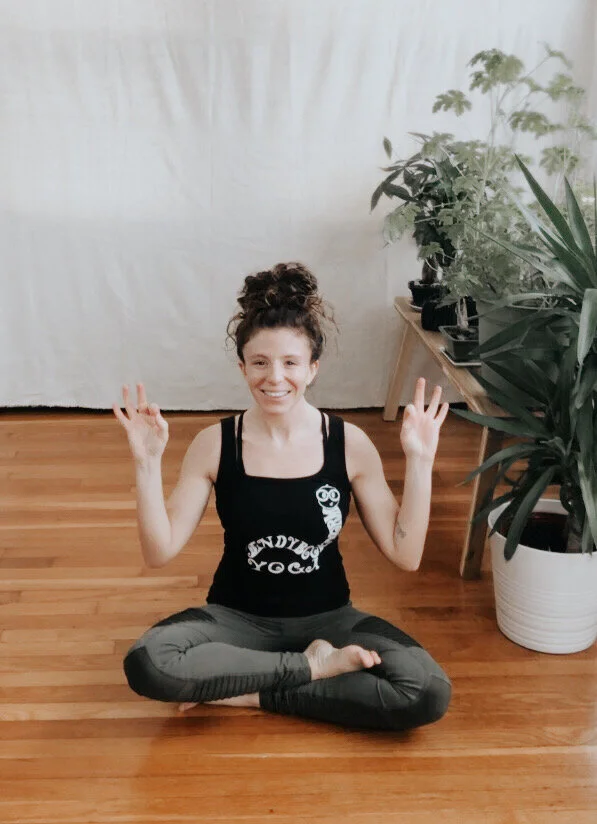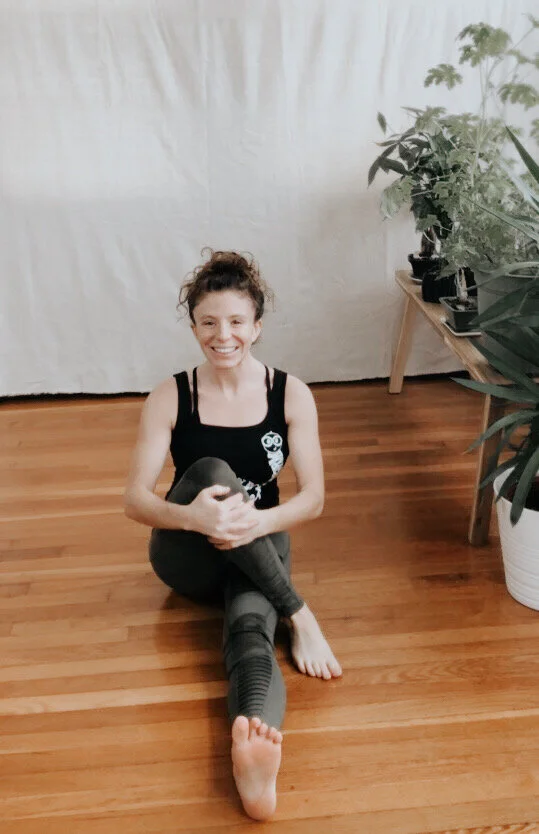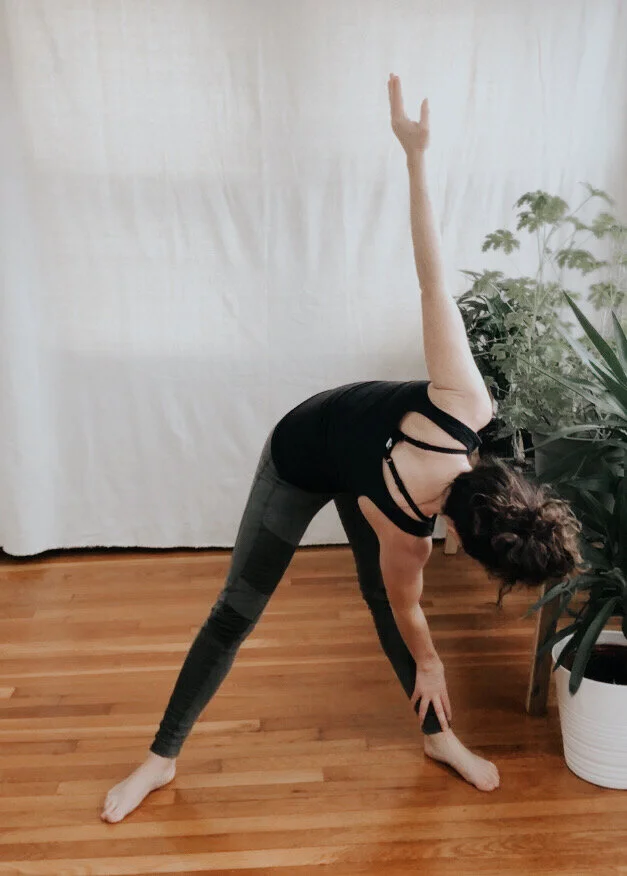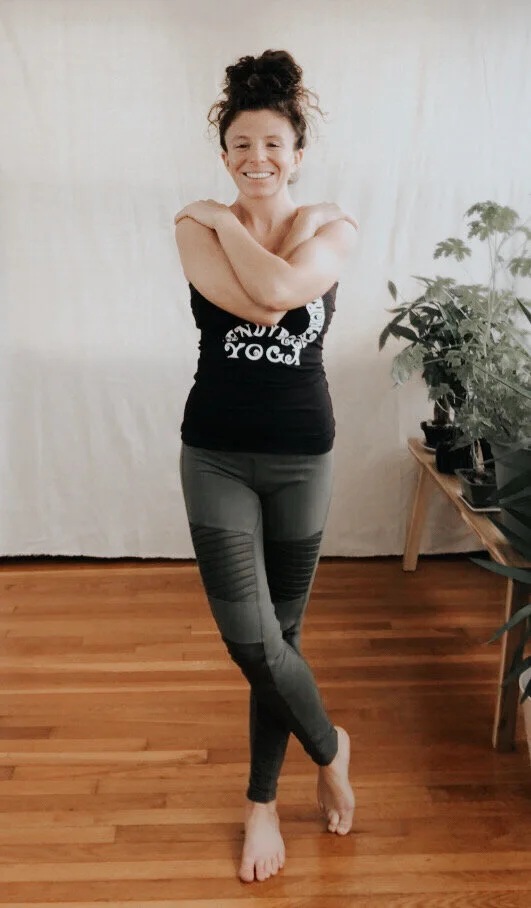As many story time librarians will tell you: promoting reading engagement is the focus of the story time program. Developing early reading engagement is a practice. Anyone who has sat down with a toddler to read knows that not every book captures their attention, their attention doesn’t always last long, and sometimes they're more interested in turning the pages than hearing the story (this makes perfect sense given that motor curiosity is BIG in early development). Everything I do in my story times is centered on the notion that reading engagement is not only possible but much easier than we think. You see, we often try to teach our children based on how we learn as adults. We try to read a story straight through and expect them to follow along diligently. When they have no interest in reading like that, we throw our hands in the air, give into their rapid page turning, and sigh about them being “too young”. In most cases reading engagement takes practice. And guess what? It probably won’t happen in school when academic learning requires measurable proof of ability. The time to develop reading engagement is NOW. At Home. When it’s less about structure and more about curiosity and love. Here’s how to practice reading engagement with your toddler NOW:
Point Out- Use the illustrations to teach new words and add to your child’s word bank. By pointing out objects in the picture you are providing context for the story, drawing their attention to look at the bigger picture (widening their perspective), and giving them the opportunity to hear new words and practicing words they already know.
Ask Questions- Whether or not your child has the vocabulary to answer back, begin to teach relate-ability and empathy. Focus less on quizzing (“what color is this?” “what animal is this?”) and more on the overall context (“How would you feel if…” “Do you think you’d like…”). I struggle with this. I over quiz my nephew. I’m excited to see his vocabulary expanding and frequently engage with quiz questions. It’s natural but probably incredibly frustrating to them. Would you wanna be quizzed all the time? Use the questions to relate the story, the characters, and the illustrations to them and their world. Use the questions to directly engage the child with the story.
Define New Words- Make sure to be aware of words that haven’t been learned yet. Understanding the words leads to understanding the story; provide content for new, unknown words. When they begin to understand the meaning of the words their focus, engagement, and interaction with the story with visibly increase! Who pays attention when they can’t follow what is being said? No one. Remember that whenever your child seems to lack focus. It may be that they genuinely don’t understand the words being spoken.
*Try to make reading time less about a linear structure and more of a page by page exploration; a learning experience of new words and understandings. They WILL engage with your guidance!
Want to give your Toddler more chances to practice engagement?
Watch my FREE Good Morning video NOW















